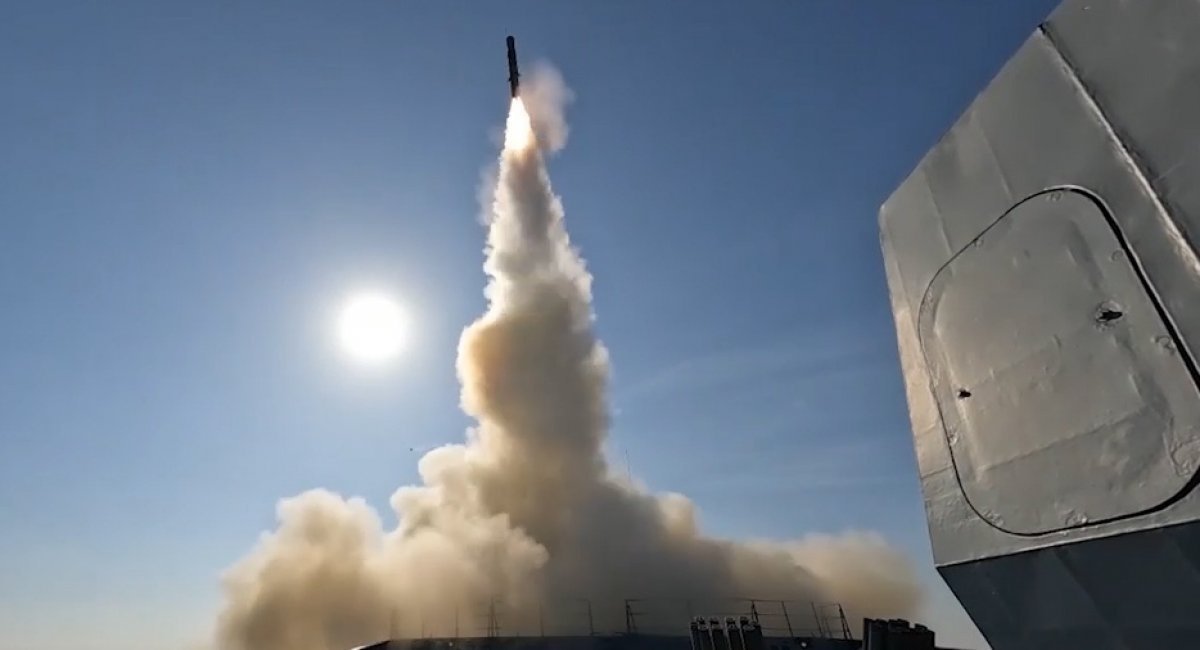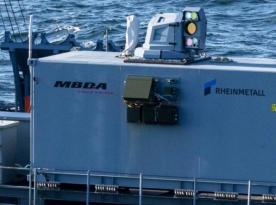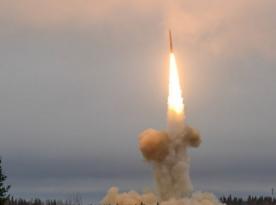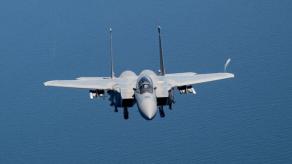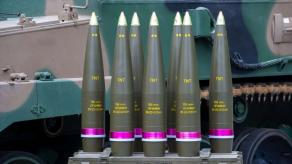U.S. analysts have warned that early-warning radars in Greenland, designed to detect incoming nuclear missile attacks, remain exposed to modern hypersonic threats such as russia's Kinzhal and Zircon missiles. This gap in NATO's strategic defense network could, in theory, "blind" the Alliance ahead of a russian strike — though the reality is far more complex.
According to Defense News, the findings were presented by experts from the Arctic Security and Resilience Center at the University of Alaska. They emphasized that these detection sites currently have no air or missile defense systems of any kind.
Read more: New Zircon-Equipped Admiral Amelko Frigate Launched Despite russia's Snail-Paced Shipbuilding

Technically, the area falls under the protection of the U.S. Air Force's 831st Air Defense Squadron. However, the unit has neither surface-to-air systems nor combat aircraft. Its current arsenal is designed more to counter sabotage or infiltration groups than to repel large-scale missile or drone attacks.
Researchers propose deploying a multi-layered air and missile defense network around Pituffik Air Base and its radar installations. The system could include Patriot and NASAMS batteries, supplemented by short-range defenses such as Vampire launchers or directed-energy (laser) weapons.
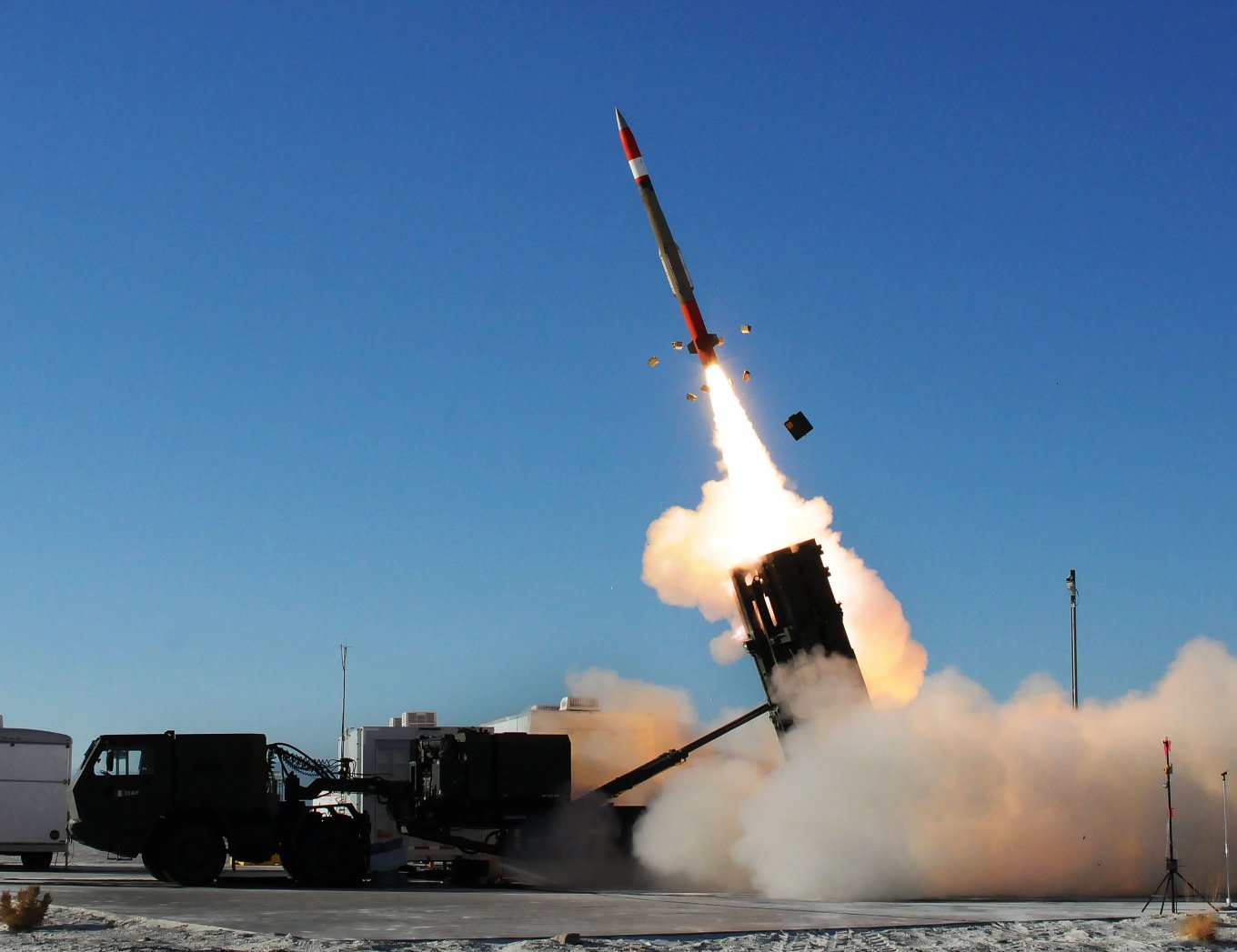
As Defense Express notes, this means that one of the most critical elements in the early-warning system for nuclear strikes remains unprotected against most modern threats. Considering russia's growing military activity in the Arctic, such a gap could lead to serious vulnerabilities or even the loss of key strategic capabilities.
However, the situation is not as straightforward as it appears. The first major challenge is the region's extreme cold, which severely affects the performance of radar and air-defense systems. Any deployed assets would require special adaptations to function effectively in such conditions.

Another obstacle is political: Greenland is an autonomous territory of Denmark. While Denmark is a NATO member, its relationship with Washington has cooled in recent years, particularly after the U.S. administration's previous proposal to purchase, or even annex, the island.
Finally, there is a crucial strategic consideration behind the absence of air defenses. In theory, any attack on these radar stations would trigger an automatic nuclear response. Yet the ongoing russia–Ukraine war has shown that even sensitive radar infrastructure can be damaged or disabled by inexpensive drones. And it's far from certain that Washington would be willing to escalate to the nuclear level in such a case. That’s why reinforcing the air defenses around these bases is not just reasonable — it’s becoming increasingly essential.
Read more: U.S. Bases Nearly Wiped Out: Kamikaze Drone Attacks Exposed the U.S. Army's Unpreparedness for Modern Warfare




